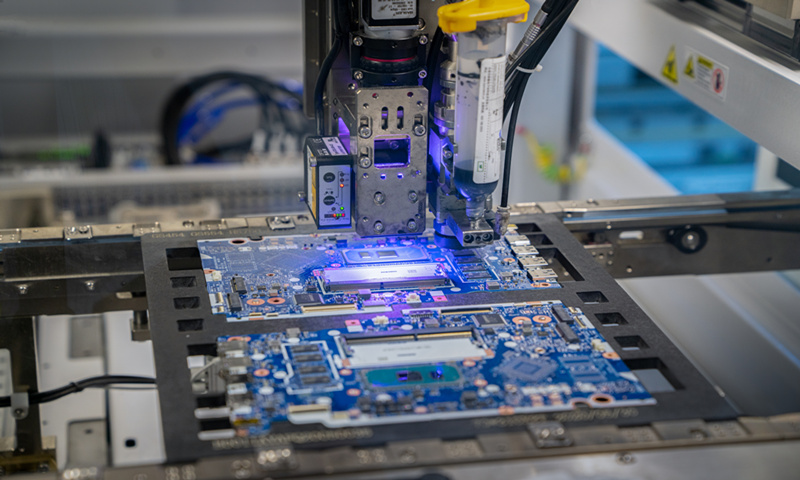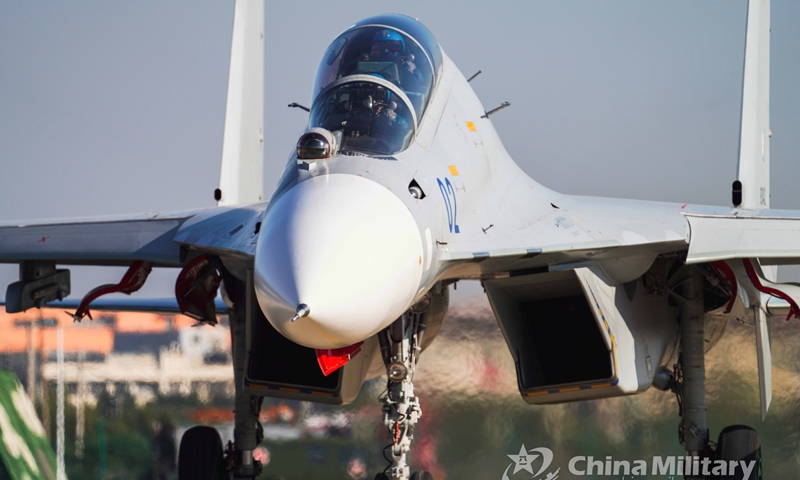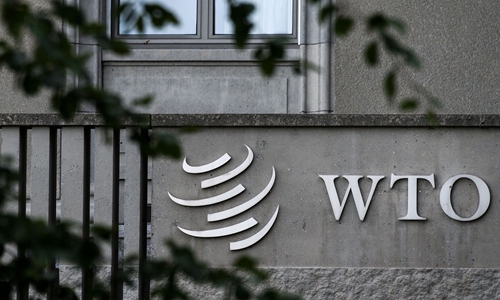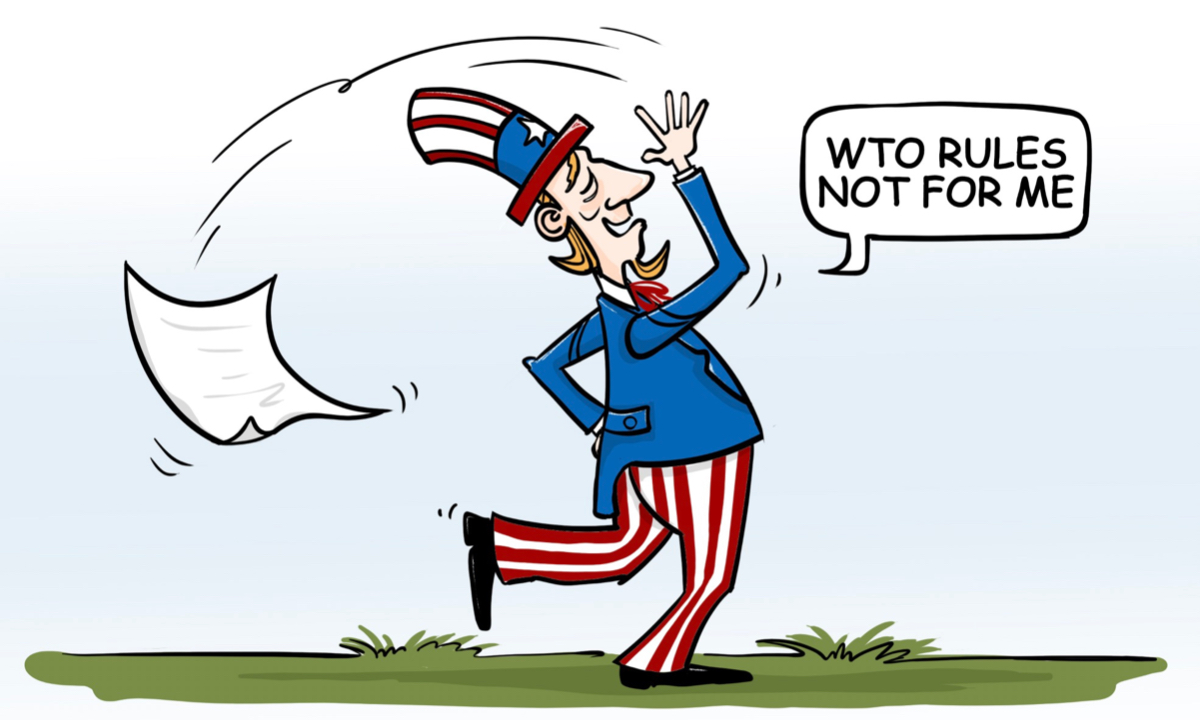All for equal justice: Tuanku Muhriz (right) holding a copy of the ‘Upholding The Federal Constitution: The Judicial Thoughts of Datuk Seri Hishamudin Yunus’ with the author Hishamudin at the book launch. — AZHAR MAHFOF/The Star
KUALA LUMPUR: A more diverse and independent mechanism can be introduced when it comes to the selection of the five eminent members of the Judicial Appointments Commission (JAC), says the Yang di-Pertuan Besar Negri Sembilan. Tuanku Muhriz Ibni Almarhum Tuanku Munawir said the persons selected must not only be independent from any form of political influence, but also be inclusive, reflecting the diversity of our multi-racial society and the composition of the Federation, namely the Peninsular Malaysia states, Sabah, and Sarawak. “The inclusion of members from diverse and independent backgrounds will allow more stakeholders to be represented, thus broadening the expertise in the judicial appointment process whilst maintaining the commission’s independence,” he said in his royal address at the official launch of Upholding The Federal Constitution: The Judicial Thoughts Of Datuk Seri Hishamudin Yunus here yesterday. Also present at the event was Chief Justice Tun Tengku Maimun Tuan Mat The Negri Sembilan Ruler also reminded the audience of his recent address as the Chairman of the 260th Ruler’s Conference, where he emphasised the need to reform the existing judicial appointment process. Tuanku Muhriz said while the main intention of the commission is to uphold the independence of the judiciary, it appears that its governing provisions may not be in accordance with such intent. “As it stands, the prime minister appoints five of the nine members of the JAC. “Under the Constitution, he also has the final say in the appointment of judges to the superior courts. “We need to be guided by the principle of separation of powers of the Executive, the legislature and the judiciary. “To achieve this, some reforms need to be considered to strengthen the independence of the commission, and ultimately, the judiciary. “We could introduce diverse and independent mechanisms when it comes to the selection of the five eminent persons on the commission,” he said, adding that he had also been advised that it is equally important for the Judicial Appointments Commission Act 2009 to be made part of the Constitution, and not remain as an Act of Parliament. “I urge civil society and other stakeholders to take the lead for meaningful discussions to be taken to achieve this aspiration of judicial independence as a means to uphold the Constitution, the supreme law of the land. “Lest we forget, the rakyat go to court to seek and obtain justice. “Be it a criminal appeal, an appeal against the decision of the government or one of its agencies, or a private matter, the public sees the courts as their avenue to seek justice,” said His Royal Highness. “It is no surprise that the recent political developments in Malaysia have led to many discourses on the Constitution. “Matters pertaining to governance of the nation require us to consult and be guided by the Constitution,” he said. “Our courts have observed that the Constitution is not a mere collection of pious platitudes. “It is the supreme law of the land embodying three basic concepts, one of them is that the individual has certain fundamental rights upon which not even the power of the state may encroach. “In this regard, the judiciary has a constitutional role to perform as they are the guardians of the Constitution,” he said. On the book launch, he applauded Hishamudin, a former Court of Appeal judge, whom he described as someone who has “given his life to many provisions in the Constitution, especially those 10 relating to fundamental rights”. “His years on the Bench are remembered for his integrity and independence, which paved his unwavering commitment to uphold the supremacy and sanctity of the Constitution,” said Tuanku Muhriz. He added that Hishamudin’s decisions, including his many significant dissenting judgments are based on his appreciation of the law, where he had elegantly embraced the ever-evolving common law principles and applied them judiciously with the sole aim of delivering justice without fear or favour. Currently an arbitrator at the KL Regional Centre for Arbitration, Hishamudin, 73, is a law graduate from the University of London who previously served as the Malaysian Court of Appeal Judge, Chief Registrar of the Supreme Court, Senior Federal Counsel, and the President of the Sessions Court.
With 45 years of legal experience, he has written more than 750 judgments in his illustrious career.









































 .
.
